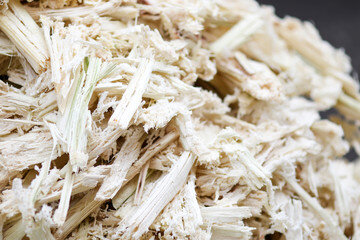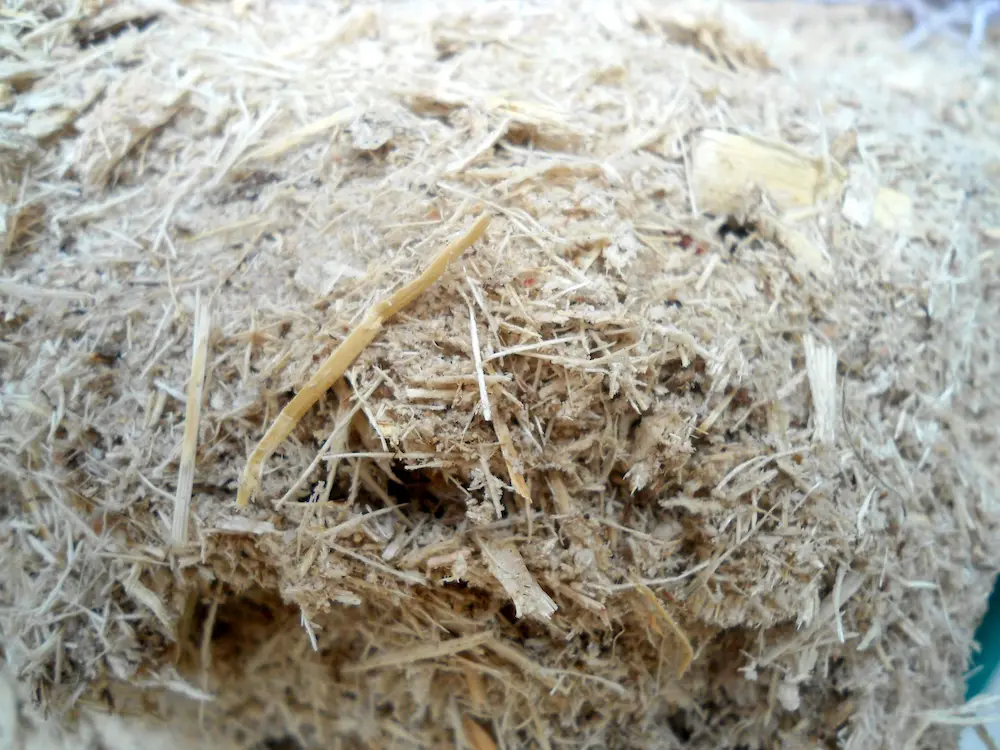The Trip of Sugarcane: From Harvest to Everyday Products
The trip of sugarcane is a diverse process that starts with meticulous growing and finishes in a variety of products that penetrate our day-to-day lives. As we discover the numerous aspects of sugarcane's journey, its function in sustainability and the broader ramifications for our setting come into sharper focus.
Cultivation of Sugarcane
The cultivation of sugarcane is a critical farming procedure that requires details ecological problems and administration methods. Ideal growth takes place in exotic and subtropical regions where temperatures vary between 20 ° C and 32 ° C. Adequate rains or watering is important, as sugarcane flourishes in wet soil with well-drained problems (sugarcane product). Soil high quality significantly affects return; thus, farmers frequently perform dirt examinations to identify nutrient needs
This approach promotes reliable harvesting and makes best use of sunlight exposure. Crop rotation and intercropping are suggested techniques to improve soil fertility and reduce insect infestations.
Fertilizing is an additional essential element, with potassium, nitrogen, and phosphorus being the primary nutrients required for optimum growth. Prompt application of these fertilizers can dramatically enhance sugar yields. Furthermore, keeping an eye on for conditions and insects throughout the growing period is critical, as these elements can negatively impact plant health and wellness and productivity. On the whole, effective sugarcane growing rests on a combination of environmental stewardship, calculated planning, and ongoing management practices.
Gathering Strategies
Effective sugarcane farming finishes in the harvesting phase, which is crucial for optimizing yield and ensuring high quality. The timing of the harvest is crucial; sugarcane is usually collected when sucrose degrees peak, usually in between 10 to 18 months after planting. This duration differs based upon climate, soil type, and sugarcane selection.
Harvesting methods can be extensively categorized right into manual and mechanical techniques. Manual harvesting is labor-intensive, depending on knowledgeable workers who make use of machetes to cut the stalks short. This approach permits discerning harvesting, where just the ripest walking sticks are selected, thus enhancing total sugar content.
Conversely, mechanical harvesting has actually acquired popularity as a result of its performance and cost-effectiveness. Specialized harvesters equipped with cutting knives and conveyor systems can process big locations rapidly, significantly minimizing labor expenses. However, this method may cause the incorporation of immature canes and a possible decrease in sugar top quality.

No matter of the method used, making sure that collected walking sticks are moved swiftly to refining facilities is important. Prompt managing reduces putridity and maintains the stability of the sugarcane, setting the stage for ideal handling.
Handling Methods
Processing sugarcane involves several crucial steps that transform the collected stalks right into useful products, primarily sugar and molasses. The initial phase is cleaning the walking stick to eliminate soil and particles, adhered to by the extraction of juice with squashing or milling. This process commonly uses hefty rollers that break the cane fibers to release the sweet liquid consisted of within.
When the juice is extracted, it undergoes explanation, where impurities such as soil fragments and bagasse are gotten rid of. This is commonly accomplished by including lime and heating the juice, enabling sedimentation. The clarified juice is after that concentrated via dissipation, where water material is minimized, causing a thick syrup.

Ultimately, the handling of sugarcane not just generates sugar and molasses however also prepares for numerous by-products, which will certainly be explored in succeeding conversations.
Products Derived From Sugarcane
Sugarcane is a versatile crop that yields a vast selection of products past just sugar and molasses. Among the key by-products are ethanol and biofuels, which have actually obtained prestige as renewable resource sources. Ethanol, generated via the fermentation of sugarcane juice, acts as an alternative to fossil fuels and is commonly blended with gasoline to develop cleaner-burning gas, reducing greenhouse gas emissions.
Additionally, sugarcane is a considerable resource of bagasse, the coarse residue remaining after juice extraction. Bagasse is utilized in numerous applications, consisting of the manufacturing of paper, biodegradable packaging, and as a biomass gas for energy generation. Its use not only lowers waste but additionally enhances the sustainability of sugarcane processing.
Furthermore, sugarcane-derived items encompass the food industry, where it works as a natural flavor agent and sugar in various culinary applications. In the realm of cosmetics, sugarcane essences are integrated into skin care items as a result of their all-natural exfoliating properties.
Ecological Influence and Sustainability
The growing and processing of sugarcane have significant effects for environmental sustainability. This crop needs substantial water resources, frequently leading to exhaustion of local water supplies and affecting surrounding ecological communities. In addition, making use of plant foods and chemicals in sugarcane farming can cause dirt destruction and waterway contamination, positioning dangers to biodiversity.

Lasting sugarcane farming likewise promotes dirt health and wellness with crop rotation and decreased tillage, boosting carbon sequestration. The fostering of these techniques not just sustains ecological honesty but additionally improves the durability of farming communities against environment change.
Final Thought
In summary, the journey of sugarcane encompasses numerous phases from growing to processing, ultimately leading to a large range of items. The value of sugarcane extends beyond plain sweeteners, adding to sustainable power with ethanol manufacturing, lasting packaging by means of bagasse, and all-natural essences for cosmetics. This diverse crop plays a critical role in both nutritional enrichment and ecological sustainability, highlighting its value in contemporary agricultural and industrial methods.
Effective sugarcane cultivation culminates in the gathering phase, which is critical for making the most of yield and making certain high quality. The timing of the harvest is crucial; sugarcane is normally gathered when sucrose degrees optimal, normally between 10 to 18 months after planting.Processing sugarcane includes a number of crucial steps that transform the gathered stalks right into useful products, largely sugar and molasses.Sugarcane is a versatile plant that yields a large selection of products beyond simply sugar and molasses. Furthermore, the use of plant foods and pesticides in sugarcane farming can result in dirt degradation and river contamination, posing threats to biodiversity.